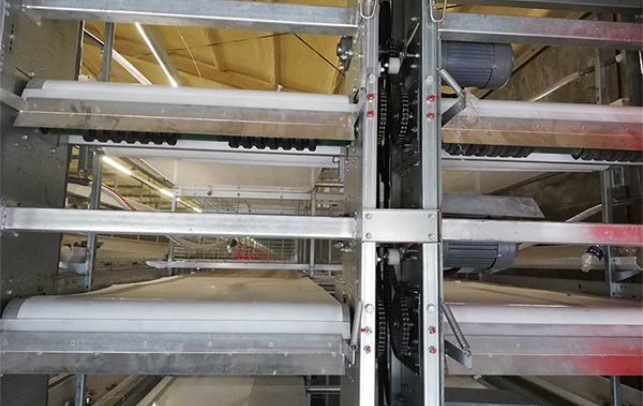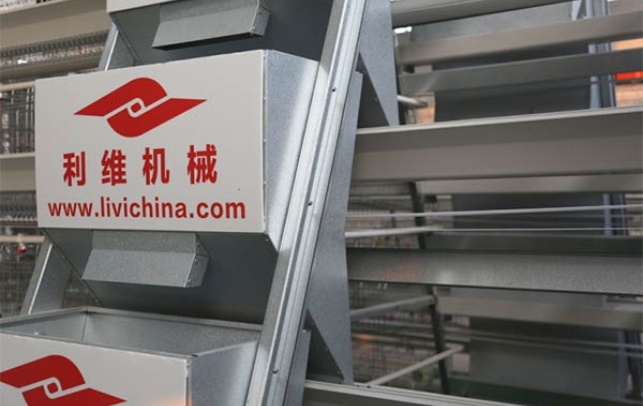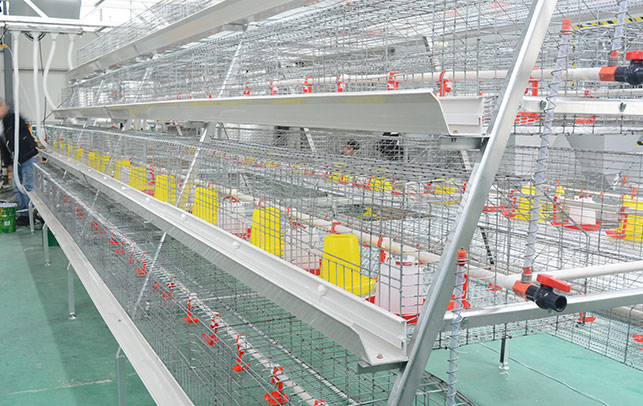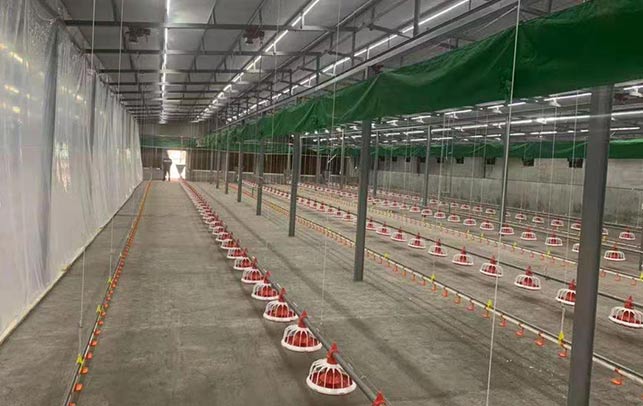Step-by-Step Guide to Poultry Farm Automation
Time : 2025-03-29
Are you ready to take your poultry farm to the next level? Automation can be a game-changer for farmers looking to increase efficiency, reduce labor costs, and ensure the health and well-being of their birds. In this comprehensive guide, we’ll walk you through the process of automating your poultry farm step by step. So, let’s dive in!
Step 1: Assess Your Needs
Before you start automating, it’s essential to assess your specific needs. What are your goals? Are you looking to increase production, reduce waste, or improve the quality of life for your birds? Understanding your objectives will help you choose the right automation solutions for your farm.
Step 2: Research Automation Technologies
Once you know what you want to achieve, it’s time to research the available automation technologies. There are several key areas where automation can make a significant impact on a poultry farm:
– Feeding Systems: Automated feeding systems can ensure that your birds receive the right amount of feed at the right time.
– Watering Systems: Automated watering systems can provide continuous access to fresh water, which is crucial for the health of your birds.
– Environmental Control: Automated systems can regulate temperature, humidity, and air quality, creating the ideal environment for your birds.
– Monitoring and Data Collection: Sensors and software can collect valuable data on the health and behavior of your birds, helping you make informed decisions.
– Slaughter and Processing: Automation can streamline the slaughtering and processing stages, increasing efficiency and reducing labor.
Step 3: Choose the Right Automation Solutions
Now that you know what you need, it’s time to choose the right automation solutions for your farm. Here are a few things to consider:
– Budget: Automation can be expensive, so it’s important to choose solutions that fit within your budget.
– Scalability: Make sure that the systems you choose can scale with your business as it grows.
– Reliability: Invest in high-quality equipment that is reliable and easy to maintain.
– Ease of Use: Choose systems that are user-friendly and require minimal training for your staff.
Step 4: Plan Your Automation Implementation
A successful implementation requires careful planning. Here’s a step-by-step plan to guide you through the process:
– Map Out Your Farm: Understand the layout of your farm and identify areas where automation will be most beneficial.
– Develop a Timeline: Create a timeline for the implementation, including phases for planning, purchasing, installation, and training.
– Allocate Resources: Ensure you have the necessary resources, including staff, equipment, and funding.
– Consult with Experts: Consider consulting with automation experts or agricultural consultants to help guide you through the process.
Step 5: Install and Set Up Your Automation Systems
Once you’ve chosen your automation systems, it’s time to install and set them up. Here’s what you need to do:
– Follow Manufacturer Instructions: Carefully follow the manufacturer’s instructions for installation and setup.
– Connect Systems: Ensure that all systems are properly connected and functioning.
– Test Systems: Test each system to ensure that it’s working correctly.
Step 6: Train Your Staff
Your staff will need to be trained on how to use and maintain the new automation systems. Here’s how to do it:
– Schedule Training Sessions: Schedule regular training sessions for your staff.
– Provide Hands-On Experience: Allow staff to gain hands-on experience with the new systems.
– Create a Manual: Develop a manual that outlines the procedures for using and maintaining the automation systems.
Step 7: Monitor and Adjust
After the implementation, it’s important to monitor the performance of your automation systems and make adjustments as needed. Here’s what to look for:
– Data Analysis: Regularly analyze the data collected by your monitoring systems.
– Performance Review: Review the performance of your systems and identify areas for improvement.
– Maintenance Schedule: Create a maintenance schedule to ensure that your systems are operating at peak efficiency.
Step 8: Evaluate and Optimize
Finally, it’s crucial to evaluate the effectiveness of your automation efforts and optimize your systems for better results. Here’s how to do it:
– Benchmark Performance: Set benchmarks for key performance indicators and track your progress over time.
– Seek Feedback: Collect feedback from your staff and make adjustments based on their input.
– Stay Updated: Keep up with the latest automation technologies and consider upgrading your systems as needed.
Conclusion
Automation can transform your poultry farm, making it more efficient, sustainable, and profitable. By following these step-by-step guidelines, you can implement automation successfully and enjoy the benefits it brings to your operation.











